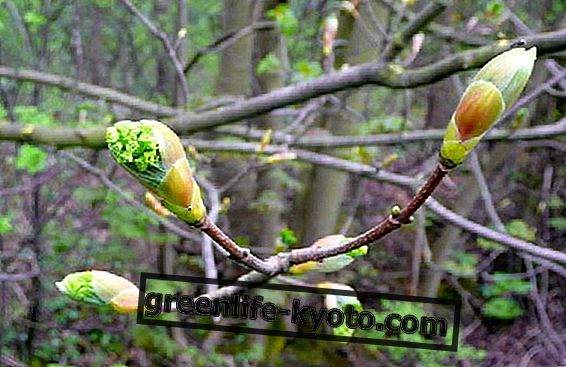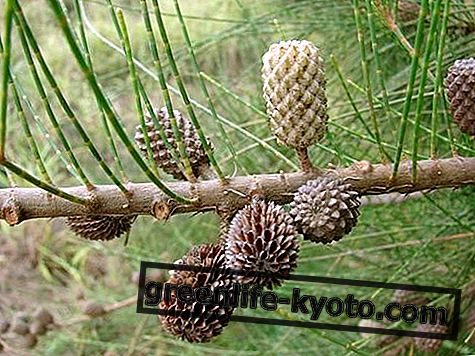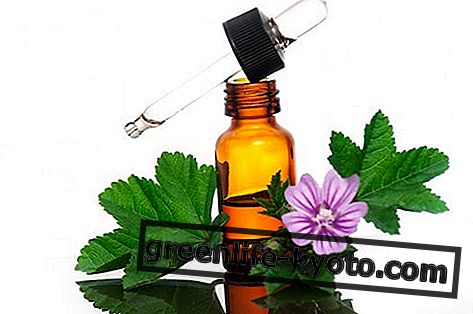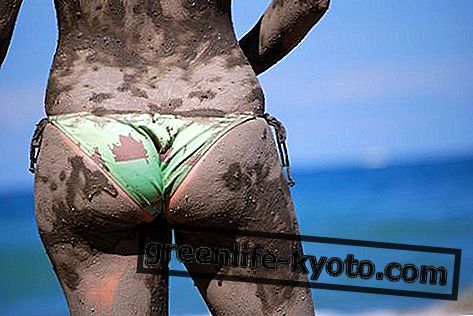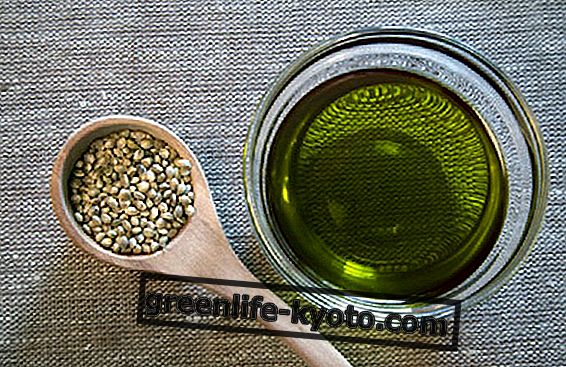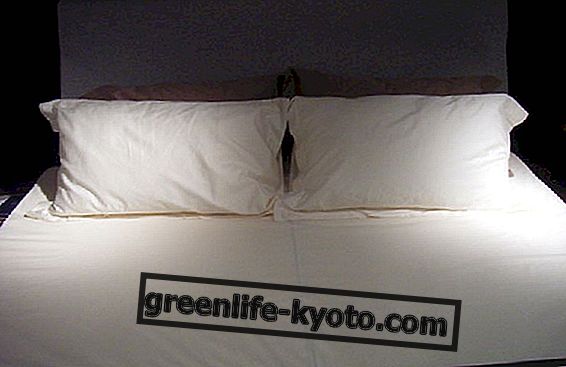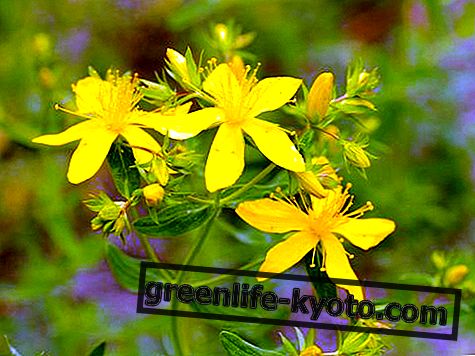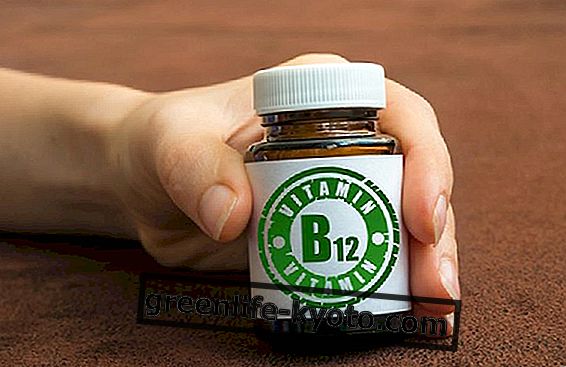The elm is a plant belonging to the Oleaceae family. Useful against gastrointestinal problems, it is rich in tannins, minerals and bitter principles. Let's find out better.
>
>

Properties of elm
The characteristic properties attributed since ancient times to the elm are those purifying, astringent, sudorific, disinfecting the mucous membranes and, in particular, healing properties.
The parts of the elm used are mainly the bark and leaves from which natural remedies are obtained such as herbal teas, mother tinctures, gemmoderivates and other extracts.
The main active ingredients are tannic substances, flobafeni, phytosferin, minerals such as potassium and silica and also bitter principles. The mucilage for example is rich in special tannins and is contained in particular in the roots. These special mucilages are able to adhere like a film on the intestinal walls, protecting and regenerating them, which is why elm is a very useful remedy for gastrointestinal problems.
It also helps to dissolve and expel mucus and toxins by purifying the surface of various organs, thus promoting the performance of their functions in the best way.
Method of use
INTERNAL USE: generally mucilaginous decoctions of elm bark are taken, able to alleviate the discomfort due to the ailments that attack the throat and intestine and to lubricate the mucosa.
Even the gemmoderivato of field elm is indicated as a useful remedy for acne because it is able to regularize the production of sebum. The dosage is 30 drops in two fingers of water, to be taken between meals for 2 or 3 times a day.
EXTERNAL USE: the tannin mucilages of the elm are excellent to be applied also as gel on small wounds, abrasions and punctures : thanks to the healing and anti-inflammatory power, the body will benefit from it. In addition, the decoction can be used for external packs always for the purpose of helping the healing of the skin in the presence of acne, eczema, dermatitis and herpes.
Contraindications of elm
No particular contraindication is linked to the use of elm-based products. Generally, as a precaution, it is recommended a limited use of medicinal products for pregnant women.
The elm among the natural remedies against ulcers: discover the others

Description of the plant
Generally there are two types of elm used for medicinal purposes: the American elm ( Ulmus americano and Ulmus rubra ) and the Ulmus campestris or minor much more easily available also on the Italian territory.
These are trees that can reach even thirty meters, particularly long-lived, in fact, easily exceed 50 years of age. The shape of the crown is cone-shaped and usually rounded. The bark is dark and very wrinkled, in fact, it is crossed in all directions by incisions and cracks.
A peculiarity of its branches is the aspect that from hairy in the first two years of growth they become smooth as adults. The leaves are ovoid with serrated edges and usually have the base of the asymmetrical leaf. The flowers are hermaphroditic, gathered in bunches, red in color that bloom from February to April.
The fruit is a yellow-colored samara that rotates like a propeller to the ground when it falls. The smell is almost imperceptible and the taste is sour.
Habitat of elm
Country elm and red elm are widespread in Europe, the Caucasus, Central Asia and North America, in the woods and uncultivated areas from sea level up to 1500 meters, thanks to its ability to withstand the cold and the winds .
Background
Its properties and in particular the ability to heal wounds has been known since ancient times both in the West and in the East. There is evidence of the use of elm with healing properties by American shamans and was even extolled by Pliny the Elder.
In the Middle Ages it was very much in use precisely to help heal the wounds of soldiers and knights hit in battle.
In recent years in Europe, elms are increasingly dying due to a disease that spreads very quickly. Scholars and scientists are looking for an effective cure against this disease.
